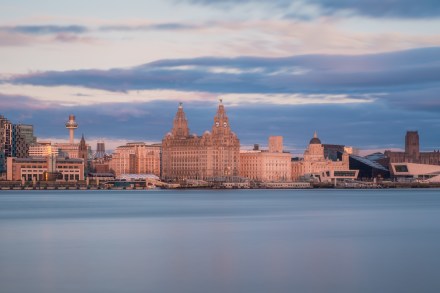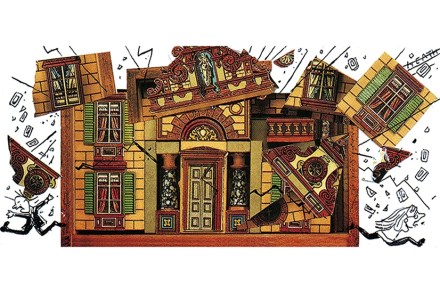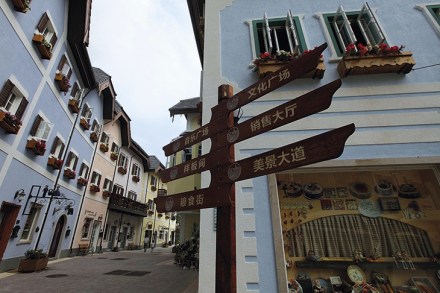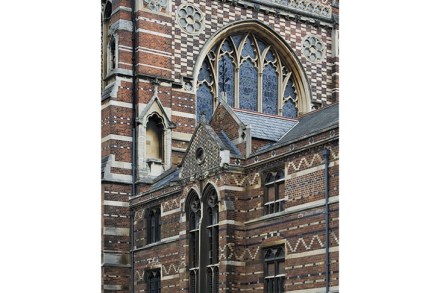The disgraceful decision to remove Liverpool’s heritage status
Unesco has cancelled the ‘World Heritage Status’ of the Necropolis at Memphis and the Giza Pyramid because a Radisson Blu hotel has been built in neighbouring Cairo. That’s not true, but for a similarly absurd reason Liverpool has been de-listed from heritage Valhalla by word-mincing bureaucrats. Not many Liverpudlians will care about this imbecilic and ignorant decision – Liverpool is the capital of itself and does not look to London, still less to Paris or Brussels. The tragedy here is not Merseyside’s status, but Unesco’s blindness. In recent years, Liverpool has demonstrated exactly the mixture of respect for the past and optimism for the future that all great cities need.


















